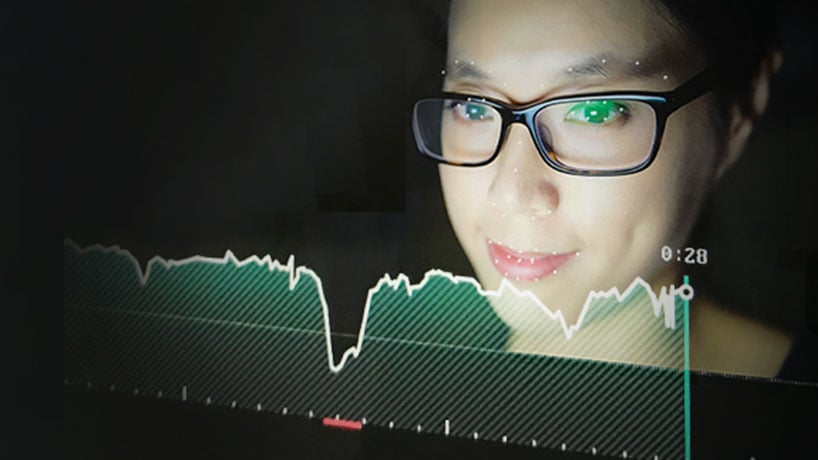
How AI Can Help Brands Be Heard In The Age Of Distraction

Colin Pye
The other weekend I caught myself juggling between six different connected devices at the same time.
Seemingly not content to just sit and watch Netflix on my TV, I wanted to maximise my time by reading emails on my laptop, while checking the latest headlines on my phone, reading a really interesting article on my tablet, shuffling songs on my Sonos and also asking Alexa the odd question. All this while also trying to chat to my wife about her day.
Now, while I am sure there are many of you that are horrified that I could not switch off for 5 minutes to hear my better half talk about what happened to her at work, I am sure there are also some of you who are equally appalled that I only managed to juggle between six devices. Only six? What’s wrong with you?
To be honest, I’m not sure I could’ve managed any more. I struggled to follow what was happening on the TV show and had to rewind it a couple of times, while I had to resort to the odd fake knowing nod while chatting with my wife (sorry!).
However, the fact I did all of this without even thinking about it shows how far we have come over the last few years.
We now live at a time when there are nearly 4 connected devices for every person. A time when the average human attention span is now down to just 8 seconds and the average person spends almost 24 hours a week online.

We now live in the Age of Distraction.
And when you consider that my new favourite TV programme and my other half is struggling to hold my attention, what chance do brands have?
After all, for advertisers, the cost of going unnoticed is a price too high to pay. For consumers to be affected by advertising messages, they need to be paying attention in the first place. But getting consumers’ attention has never been harder.
Brands need all the help they can get to be heard above the din of an increasingly noisy internet. To compound the problem, the current ways of tracking attention online are not up to the job and can be misleading.
Not all video views are created equal. Just ask any marketer who has just spent their entire budget on an ad campaign that no one actually watched. Sure, some people clicked play, but their content was so dry and uninteresting, they spent most of the minute-long video doing something else.
The good news is that with so many connected devices now on the planet (boasting more webcams than human eyes - really!), the solution is literally at hand.
At Realeyes, as well as teaching computers how to read our emotions through our facial expressions, we have also taught them how to tell if people are actually paying attention or not.
Our AI-powered metric is the most sophisticated in the market, using webcams to interpret audience’s attention the same way a human would do. It tells advertisers exactly how much attention their content will attract, and provides them with actionable insights on how to maximise the ROI of their content marketing.
Advertisers will be also be given a second-by-second analysis of where attention rises or falls, enabling them to make attention enhancing edits prior to launch. They can also see how their content compares with the rest of their sector and their competitors.
Well done if you got his far btw. Now, where was I?
DOWNLOAD THE PAPER
This is Call-to-Action
Lorem Ipsum is simply dummy text of the printing and typesetting industry. Lorem Ipsum has been the industry's standard dummy text ever since the 1500s, when an unknown printer took a galley of type and scrambled it to make a type specimen book. It has survived not only five centuries, but also the leap into electronic typesetting, remaining essentially unchanged. It was popularised in the 1960s with the release of Letraset sheets containing Lorem Ipsum passages, and more recently with desktop publishing software like Aldus PageMaker including versions of Lorem Ipsum.


